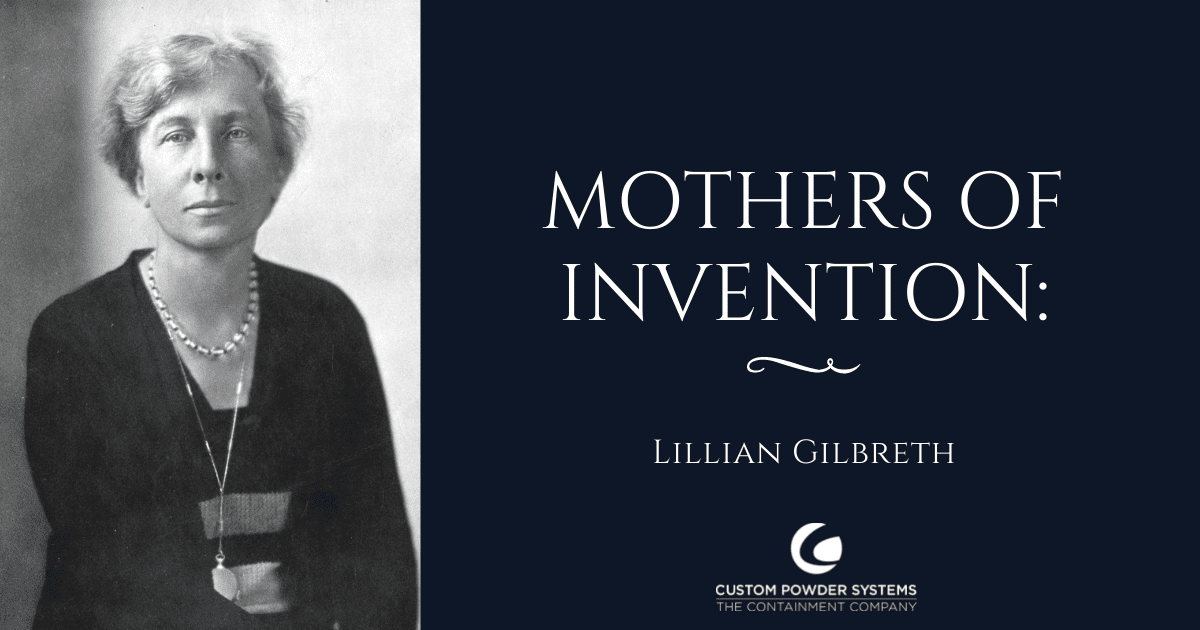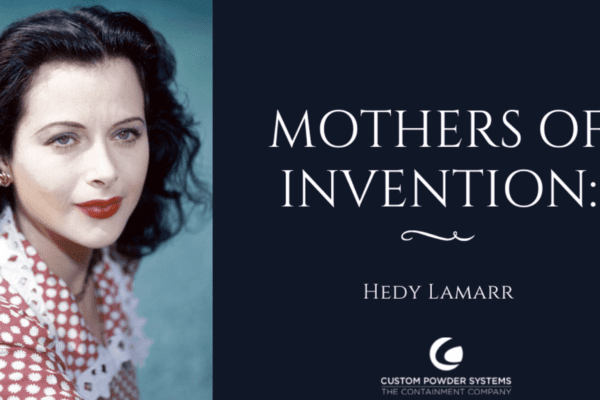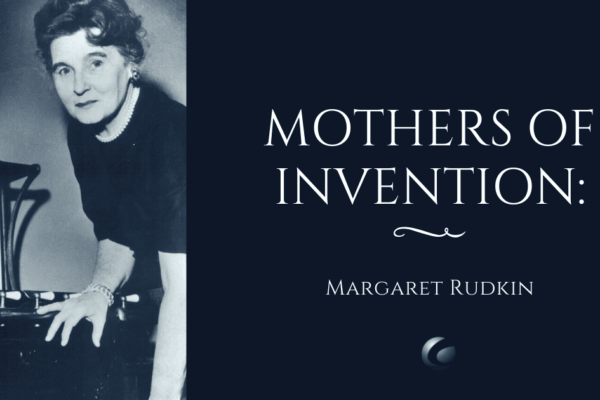Born in Oakland, California at the end of Reconstruction, Lillie Moller was one of the first women engineers to earn a doctorate. She entered the first grade at age nine, and in less than ten years graduated high school. Although her father didn’t approve of a young woman going to college, he finally allowed her to “try it for a year.” She majored in English and studied philosophy and psychology. When she graduated in 1900, Lillie became the first woman to speak at a commencement in California.
Her first doctoral dissertation was named The Psychology of Management: The Function of the Mind in Determining, Teaching, and Installing Methods of Least Waste. It was the first time workers were examined not only as an economic unit of a company, but also as a person. The publication also brought together the basics of management theory for the first time.
A Story Made for Movies
Lillian (Moller) Gilbreth used her understanding of psychology and philosophy as it applied to business, but also had a unique at-home laboratory. She and her husband Frank were parents to twelve children and tested their theories of “motion study” on their household.
Legend has it that one day while Frank was sitting in his car at a red light, a passerby yelled “Hey buddy, why do you have so many kids?” To which he replied, “Well, they’re cheaper by the dozen, you know!”
Cheaper by the Dozen would eventually become the name of a novel of their adventures (and how it applies to business) as well as a movie starring Myrna Loy and Clifton Webb.
Why Your Workday is Comfortable
In her over four-decade career, Lillian pioneered what is now known as industrial and organizational psychology, or “I-O Psychology.” An I-O psychologist researches the behaviors and attitudes of employees and determines how their work lives can be improved with training, feedback, and management systems.
Lillian was one of the first researchers to conduct time-and-motion studies, helping to redesign the workplace and equipment and cut down on fatigue and improve efficiency. At the time, basic amenities like adequate lighting and regular breaks were non-existent.
Gilbreth, Inc. and Overcoming the Odds
After her husband’s sudden death in 1924, Lillian continued researching and consulting by herself. She used new technology like motion pictures to study the causes of fatigue in the workplace, leading to the creation of the discipline of workplace ergonomics. While today “ergonomics” is often used interchangeably with “comfort,” Gilbreth’s research involved all human factors such as psychology, sociology, engineering, biomechanics, and physiology.
Although Lillian ran a successful consulting company on her own for nearly fifty years, many studies and publications she co-authored with her late husband are missing her name – likely due to the publisher’s discomfort with having a woman as one of the authors.
From her father’s reluctance to allow her to go to college, restrictions schools had on women, and even a professor who wouldn’t allow women in his classroom, Lillian Gilbreth overcame numerous roadblocks. This Mother of Modern Management was not only a pioneer in engineering, but also paved a path for women in every industry.
We’re pretty darn passionate about women in engineering, which is why our podcast The Art of Engineering is so important to us at Custom Powder Systems. Get caught up on the latest episodes and learn about the many modern Mothers of Invention who are working today!
To hear more about the art of engineering, sign up for our newsletter.








